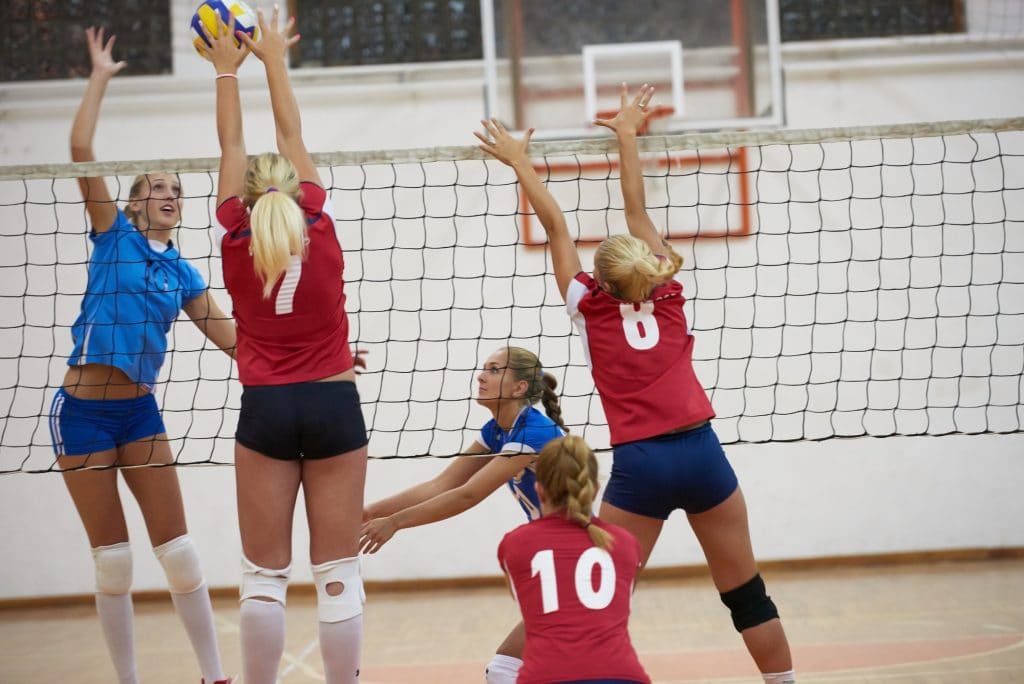Staying injury-free this season is a top priority for every volleyball player, but it can be difficult with the physical demands of the sport. The following tips will help players stay healthy and active throughout the season.
How-to
Stay injury-free
1. Physical
First and foremost, you should acquire a solid foundation of strength and endurance that is well-proportioned to what you intend to expose your body to. Think of the body as your dream house you intend to build. If you neglect the foundation, the house will be crooked and windy, problems arise, and like a house of cards, it can collapse when it blows a little too hard.
Train wisely, controlled and functional! Do a requirements analysis and find out your weaknesses and imbalances in terms of mobility, strength, and function, and train these to reduce the risk of injury. I usually say that of the beach volleyball players who seek my help, 99% have problems with the right shoulder, the rest left.
It is, of course, a playful truth with modification. There are other areas of injury, but just like in other overhead sports, the percussion arm is heavily loaded with imbalances.
If we train our shoulder blade stabilizers and the shoulder’s mobility, we reduce the risk of impingement (which is perhaps the most common in our sport) and have a much better starting point for a correct, painless and explosive arm pull.
Another important part that is often neglected is the control of deep abdominal muscles. This is our power center, and from here, we get the most power for the entire musculoskeletal system, which we can benefit from in terms of explosiveness and strength in both defense and jumps, and attacks.
Another accident-prone area is the knees. Strengthen the muscles around the knee joint and keep a close eye on the Vastus Medialis (the inner part of the front thigh muscle, the “bag”), which is not uncommon for a weak link in an unbalanced knee. You may want to invest in a high quality Knee pads as well.
2. Stretching and Mobility
You know how it feels to move in too tight clothes without stretch – not easy! The same goes for muscles and joints. Injuries occur primarily in the outer positions where muscles and joints are most sensitive. Therefore, it provides good mobility in muscles and leads us to more margin of safety to move around without suffering injuries. Always work with mobility. At the gym, at home, at work/school, and before the beach session as…
Click Here to Read the Full Original Article at Volleyball Gear Guide…

